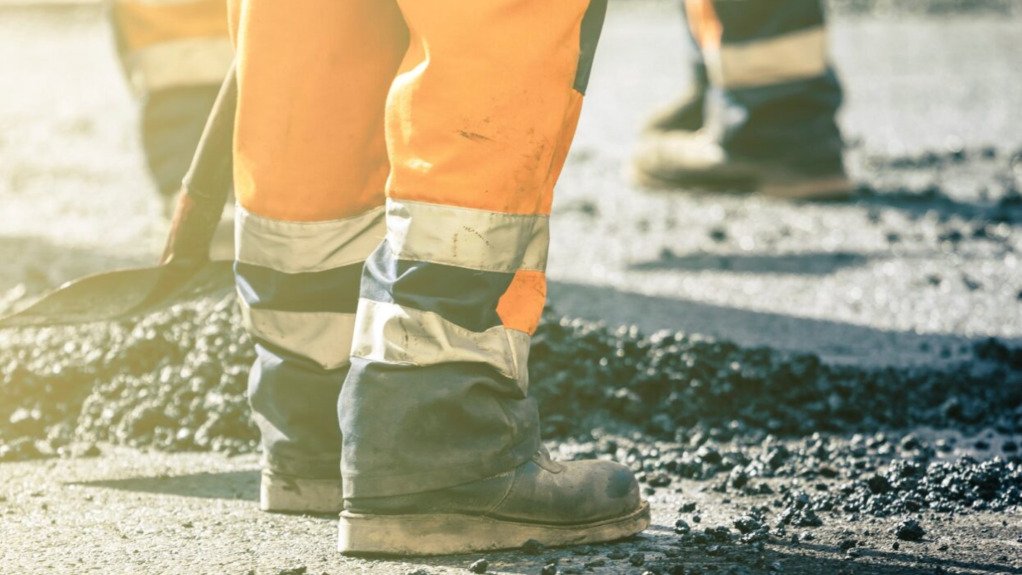As World Day for Safety and Health at Work on April 28 highlighted the theme of ‘The Impacts of Digitalisation and AI on Workers’ Safety and Health’, occupational injury insurance provider Federated Employers Mutual Assurance Company (FEM) CEO Nazeer Hoosen, sought to assess how these advancements affected occupational safety and health (OSH). He noted that workplace safety is evolving rapidly as industries embrace digitalisation and AI.
Both AI and automation, he pointed out, have “revolutionised” workplace safety, especially in high-risk sectors such as construction, mining and manufacturing.
Additionally, with the help of AI-powered analytics, businesses can now predict hazards and incidents before they occur, while robots can be used to complete the dangerous tasks that used to put workers at risk.
“Wearable technology equipped with biometric sensors allows for real-time health monitoring, keeping a close eye on fatigue levels and environmental hazards” he added.
However, there are some pitfalls, including the fact that over-reliance on AI could make workers complacent, likely resulting in diminished human oversight, and an increased likelihood of system failures being overlooked.
Further, the rapid adoption can create challenges for older employees. “We must also acknowledge the cybersecurity risks – a compromised system could endanger critical safety protocols,” Hoosen commented.
Consequently, while AI and digitalisation offer “tremendous benefits” to workplace safety, they also require careful management to avoid new risks.
Hoosen said that ensuring workplace safety in the digital age requires united efforts from employers, employees, industry bodies and policymakers.
The International Labour Organisation has consistently highlighted the importance of social dialogue in shaping OSH frameworks.
It stresses that governments and businesses must join forces to align safety regulations with technological advancements. At the same time, employees should be actively involved in safety initiatives, incorporating their first-hand knowledge and experience into regulatory development.
Compliance as a Cornerstone
Despite the evolving role of AI and automation, companies must remember that staying compliant with regulations is non-negotiable.
Consequently, employers must keep ahead of legislative changes concerning AI ethics, data protection and digital monitoring. In this sense, technology should complement, not replace, human oversight.
The future of occupational safety depends on the seamless integration of advanced technology with a steadfast commitment to both compliance and collaboration.
Hoosen concludes that AI-driven safety tools, augmented reality training modules, and predictive analytics can potentially transform workplace safety — but they must be implemented responsibly, with proper oversight and aligned with safety standards. ![]()






